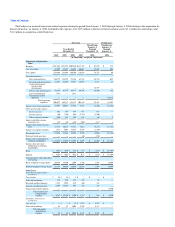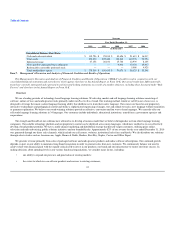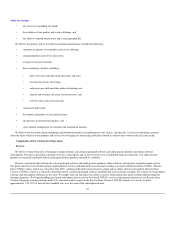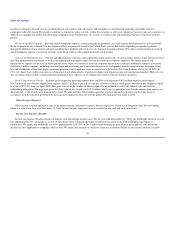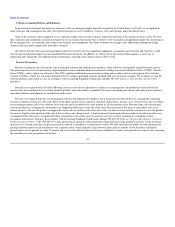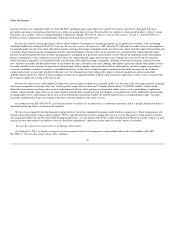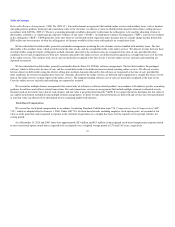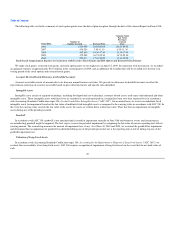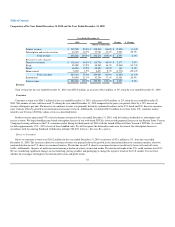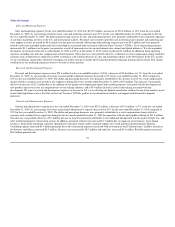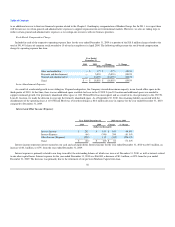Rosetta Stone 2010 Annual Report Download - page 50
Download and view the complete annual report
Please find page 50 of the 2010 Rosetta Stone annual report below. You can navigate through the pages in the report by either clicking on the pages listed below, or by using the keyword search tool below to find specific information within the annual report.
Table of Contents
Deliverable Revenue Arrangements ("ASU No. 2009-13"). For multi-element arrangements that include online services and auxiliary items, such as headsets
and audio practice products which provide stand-alone value to the customer, we allocate revenue to all deliverables based on their relative selling prices in
accordance with ASU No. 2009-13. The new accounting principles establish a hierarchy to determine the selling price to be used for allocating revenue to
deliverables as follows: (i) vendor-specific objective evidence of fair value ("VSOE"), (ii) third-party evidence of selling price ("TPE"), and (iii) best estimate
of the selling price ("ESP"). VSOE generally exists only when we sell the deliverable separately and is the price that we actually charge for that deliverable.
ESPs reflect our best estimates of what the selling prices of elements would be if they were sold regularly on a stand-alone basis.
We have identified two deliverables generally contained in arrangements involving the sale of online services bundled with auxiliary items. The first
deliverable is the auxiliary items, which are delivered at the time of sale, and the second deliverable is the online services. We allocate revenue between these
two deliverables using the relative selling price method. Amounts allocated to the auxiliary items are recognized at the time of sale, provided the other
conditions for revenue recognition have been met. Amounts allocated to the online services are deferred and recognized on a straight-line basis over the term
of the online services. The auxiliary item cost of sales are generally recognized at the time of sale. Costs for online services and sales and marketing are
expensed as incurred.
We have identified two deliverables generally contained in Rosetta Stone V4 TOTALe software arrangements. The first deliverable is the packaged
software, which is delivered at the time of sale, and the second deliverable is the dedicated conversational coaching online services. We allocate revenue
between these two deliverables using the relative selling price method. Amounts allocated to the software are recognized at the time of sale, provided the
other conditions for revenue recognition have been met. Amounts allocated to the online services are deferred and recognized on a straight-line basis over the
term of the online services or upon expiry of the online services. The language learning software cost of sales are generally recognized at the time of sale.
Costs for online services and sales and marketing are expensed as incurred.
We account for multiple element arrangements that consist only of software or software related products, in accordance with industry specific accounting
guidance for software and software related transactions. For such transactions, revenue on arrangements that include multiple elements is allocated to each
element based on the relative fair value of each element, and fair value is generally determined by VSOE. If we cannot objectively determine the fair value of
any undelivered element included in such multiple element arrangements, we defer revenue until all elements are delivered and services have been performed,
or until fair value can objectively be determined for any remaining undelivered elements.
Stock-Based Compensation
We account for stock-based compensation in accordance Accounting Standards Codification topic 718, Compensation—Stock Compensation("ASC
718"), which we adopted effective January 1, 2006. Under ASC 718, all stock-based awards, including employee stock option grants, are recorded at fair
value as of the grant date and recognized as expense in the statement of operations on a straight-line basis over the requisite service period, which is the
vesting period.
As of December 31, 2010 and 2009, there were approximately $8.3 million and $5.3 million of unrecognized stock-based compensation expense related
to non-vested stock option awards that is expected to be recognized over a weighted average period of 2.76 and 2.49 years, respectively.
47




